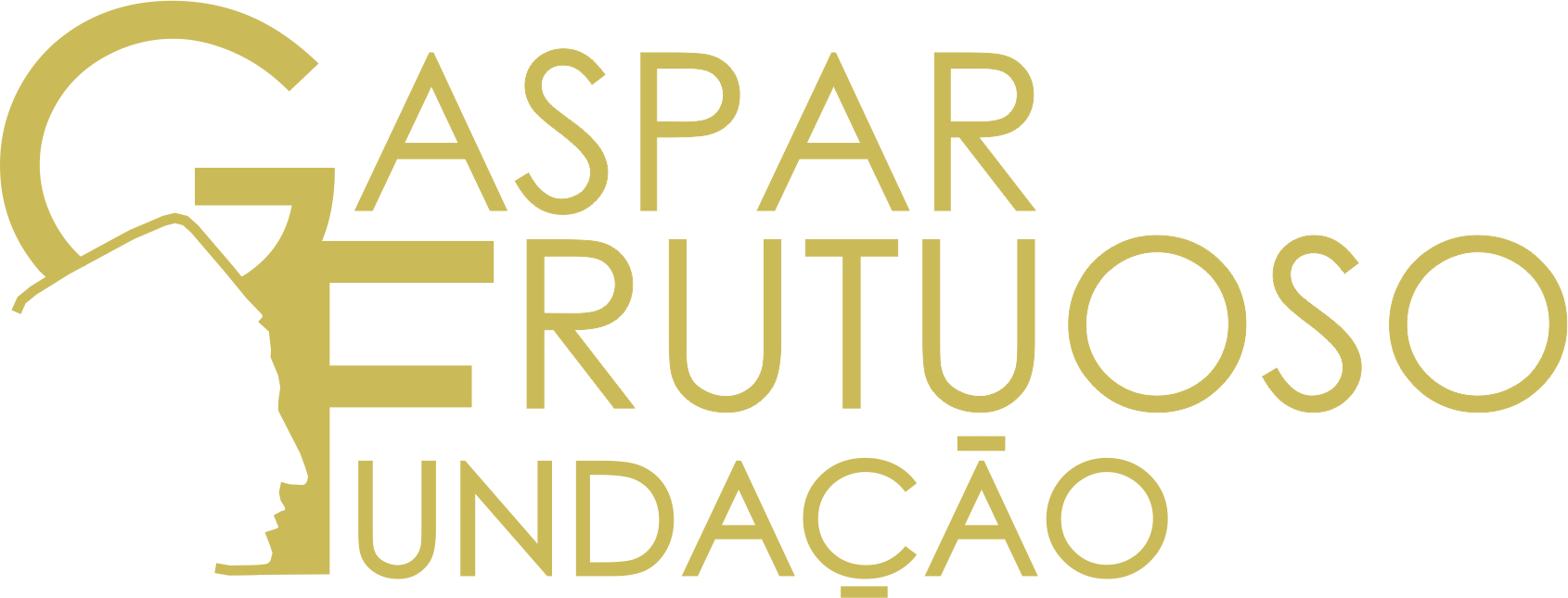
| Acronym: | PTDC/BIA-CBI/0625/2021 |
| Cost Center: | 1087 |
| Title: | Functional attributes predictors of risk of extinction and invasion for arthropods of Northern Macaronesia |
| Start-End: | 01-01-2022 - 30-06-2025 |
| Entidade Beneficiária Principal: | Fundação Gaspar Frutuoso |
| Gestores da FGF: | Lúcia Cláudio, Melissa Figueiredo |
| Responsible Researcher: | Paulo Alexandre Vieira Borges |
| Organic Units: | FCT - Faculdade de Ciências e Tecnologia |
| R&D Units: | GBA-cE3c - Grupo de Biodiversidade dos Açores |
| Entidade | Fundação Gaspar Frutuoso |
|---|---|
| Total Financing | 206.486,03 € |
| Fundação para a Ciência e Tecnologia (100.0 %) | 206.486,03 € |
Project Description:
This project aims to frame the complexity of spatial interactions, using the structure of imagined space as a network of spatial channels built by interaction flows. The first assumption is that space is a productive system represented by flows that justify, build and maintain channels, in the same way that income justifies, builds and preserves capital. The second assumption is that either there is a (self-adaptive) evolution of the territory that maximizes the size of the canals, such as a city that invests most of its income in urban infrastructure, or there is a human rationality that optimizes the size of the canals to maximize the flows of human interaction. Through the use of an entropy function, it is possible to explain the relationship between the sizes of channels and the flows that move along them. On the other hand, the integral of the entropy function is used to explain how the size of the channels is constructed through the accumulated flows they generate. Finally, entropy functions that explain flows and channels are open to include distance constraints and external impacts. The project demonstrates the ability of spatial interaction models to explain and operationalize complex spatial systems with organic and human interaction in space. First, with the calibration of a model that explains the spread of infectious diseases, to exemplify the organic maximization of infection channels ; and, second, with the estimation of a regional economic model that maximizes flows subject to the spatial structure of the channels, confined by policy measures.



